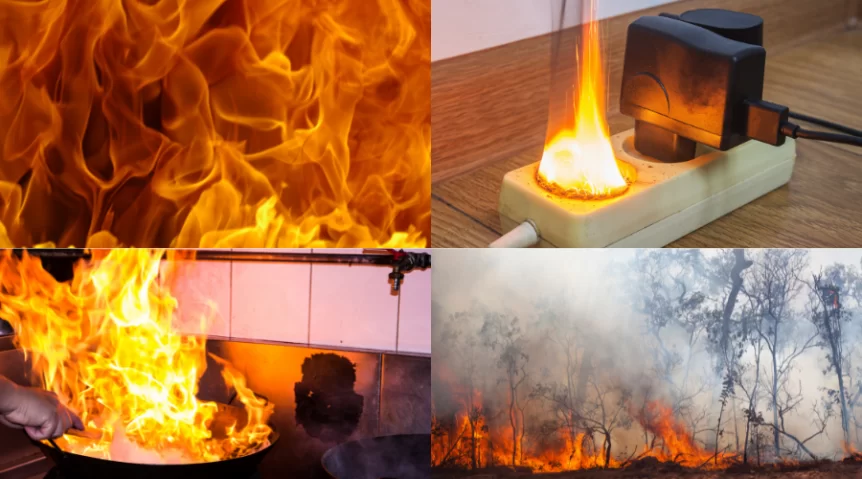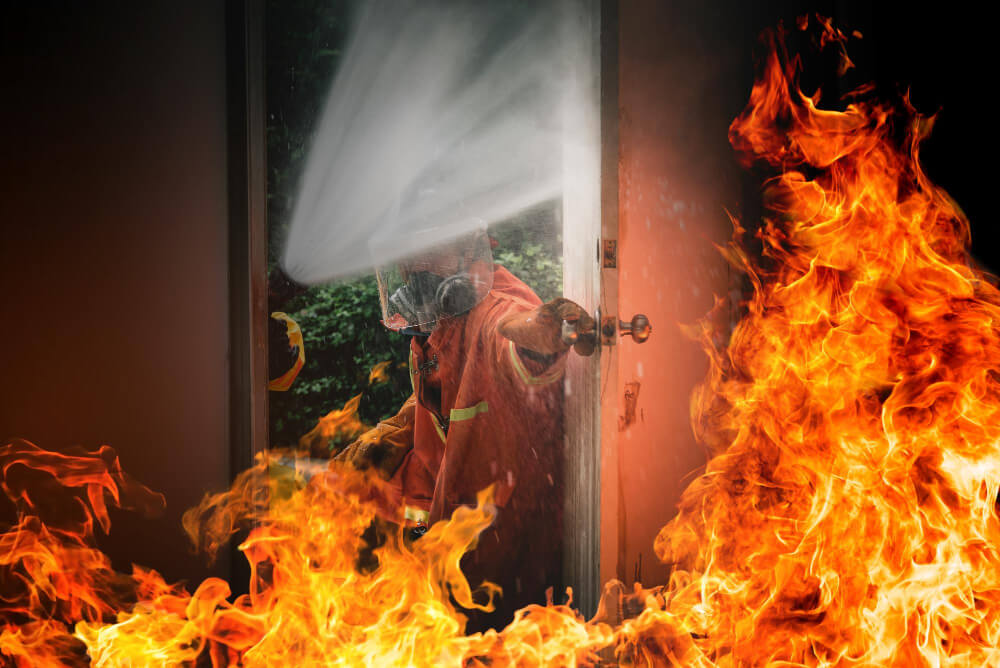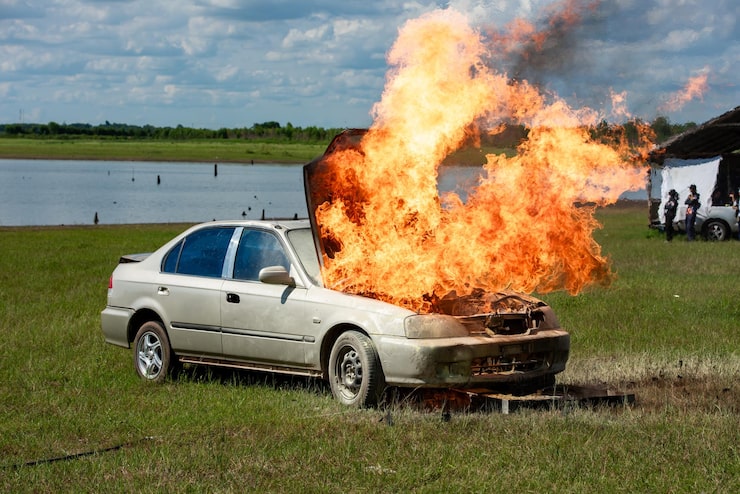
Precision in the Flames: Fire Department Actions Tailored to Extinguishing Specific Types of Fires
Introduction:
Firefighters are the modern-day heroes who risk their lives to protect people and property from the destructive force of fires. While their commitment is unwavering, their approach to extinguishing fires is anything but one-size-fits-all. The fire department employs a variety of tactics and strategies, tailored to the specific type of fire they are facing. In this blog, we will delve into the precision and expertise exhibited by firefighters as they combat different types of fires.
1. Water-Based Suppression for Class A Fires:
Class A fires involve ordinary combustibles such as wood, paper, and cloth. The go-to method for extinguishing Class A fires is water. Firefighters use hoses to deliver a steady stream of water onto the burning material, cooling it down and preventing further combustion. The water also removes heat from the fire, acting as a crucial element in the fire triangle – heat, fuel, and oxygen.
2. Foam Suppression for Class B Fires:
Class B fires involve flammable liquids such as gasoline, oil, and grease. Water alone is not effective in suppressing these fires, as it can cause the burning liquid to spread. Firefighters use foam suppression systems that blanket the flammable liquid, preventing the release of flammable vapors and suppressing the fire. This method creates a barrier between the fuel and oxygen, crucial for extinguishing Class B fires.
3. Dry Chemical Agents for Class C Fires:
Class C fires involve energized electrical equipment. Using water or foam on these fires poses a significant risk of electrical shock. Fire departments employ dry chemical agents, such as potassium bicarbonate or sodium bicarbonate, to suppress Class C fires. These agents are non-conductive and smother the fire by interrupting the chemical reaction. This approach ensures the safety of both the firefighters and those in the vicinity.
4. Carbon Dioxide (CO2) Suppression for Class D Fires:
Class D fires involve combustible metals, such as magnesium or titanium. These fires require specialized attention, as traditional methods may be ineffective or even exacerbate the situation. Firefighters use carbon dioxide (CO2) suppression systems to displace oxygen, starving the fire of its essential component. This method prevents the metals from reacting with oxygen and effectively extinguishes Class D fires.
5. Water Mist Systems for Class K Fires:
Class K fires involve cooking oils and fats commonly found in kitchens. Traditional firefighting methods may not be sufficient for these high-temperature fires. Fire departments utilize water mist systems, which disperse microscopic water droplets. This creates a cooling effect and reduces the heat, suppressing the fire and preventing re-ignition. Water mist systems are particularly effective in commercial kitchens and restaurants.
6. Positive Pressure Ventilation (PPV) for Structural Fires:
In structural firefighting, a different approach is required. Positive Pressure Ventilation (PPV) involves the use of large fans to create a flow of air into a structure. This technique pushes heat and smoke out of the building, improving visibility for firefighters and aiding in the suppression efforts. PPV is a tactical method used to enhance the safety and efficiency of firefighting operations in enclosed spaces.
Conclusion:
The actions taken by the fire department are a testament to their expertise and adaptability in the face of diverse fire scenarios. Tailoring their approach based on the specific type of fire not only maximizes effectiveness but also prioritizes the safety of both the firefighters and the public. As we marvel at the bravery of these frontline responders, it is essential to appreciate the precision with which they navigate the complexities of firefighting, extinguishing flames with skill, strategy, and a deep commitment to public safety.



